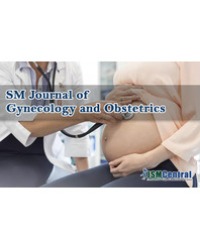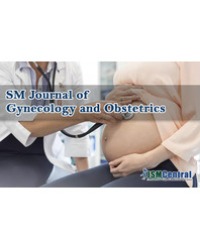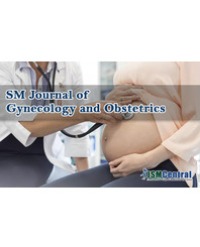
MicroRNA as Biomarkers for Cervical Cancer
MicroRNA (miRNA) dysregulation has been found to influence carcinogenesis, metastasis, and the proliferation of human cancers, including cervical cancer. Multiple miRNAs have been shown to impact gene expression, suggesting they have oncogenic or tumor suppressing properties in cervical cancer. This review provides an overview of current knowledge of miRNAs in cervical cancer, and discusses their potential as biomarkers for diagnosis, prognosis and prediction of therapeutic outcomes. miRNAs are very stable and easily collectable from body fluids, and have received attention for use as a candidate specific and sensitive diagnostic/ prognostic tool. Research performed over the last decade has shown a substantial number of miRNAs to be dysregulated in cervical cancer. Studies have even identified the target genes and proteins of those miRNAs, furthering our understanding of the impact of miRNA on cellular activity. It is now well known that miRNAs play critical roles in the control of hallmark functions, such as invasion, metastasis, proliferation, and apoptosis, in cervical cancer. Combined with information on dysregulation, this information may help diagnosis at a precancerous state, the prediction of whether cervical cancer cells will go through malignant transformations or migrations, or prognostication. Despite a lack of incorporation in the clinic, miRNAs are gaining interest as biomarkers for cervical cancer.
Hyun Jo Kim¹, Hanbyoul Cho¹,², Chel Hun Choi¹,³, Joon-Yong Chung¹, and Stephen M Hewitt¹*



